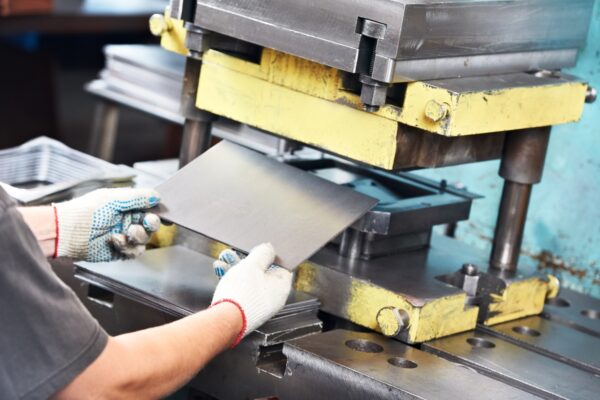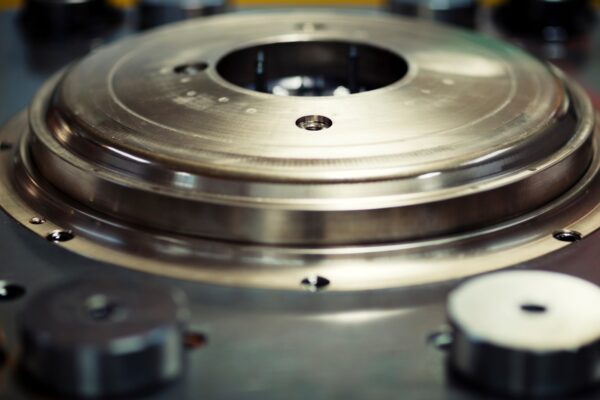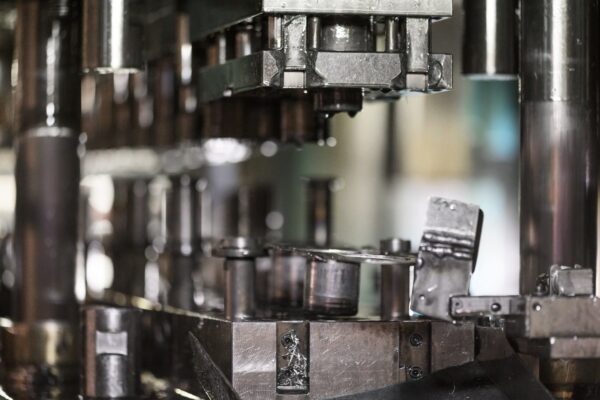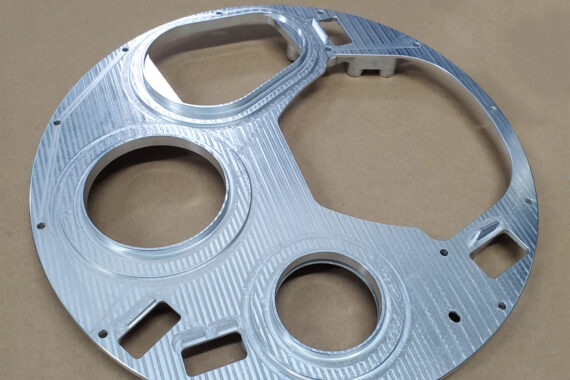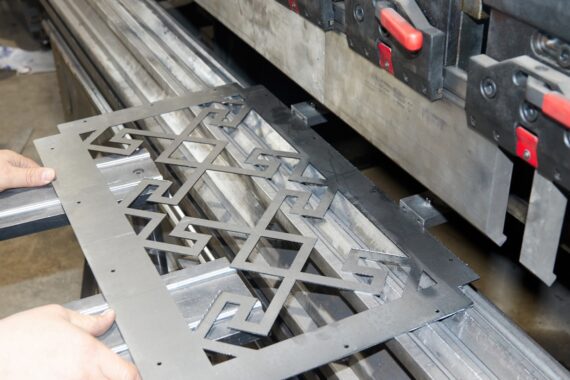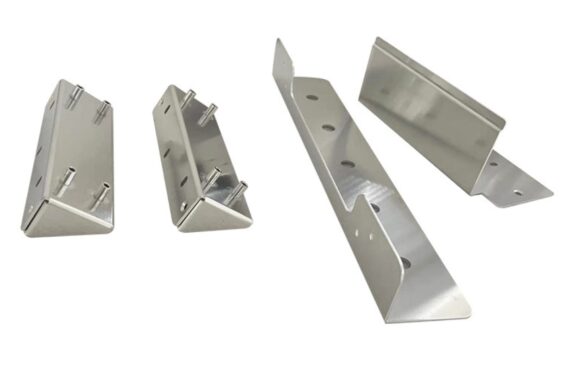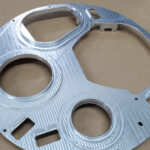Boyi Custom Automation equipment spare parts manufacturer provides customers with original quality, low-cost replacement...
Sheet metal stamping process is a metal processing technology that places metal sheets between stamping dies and uses pressure to deform them to obtain parts of the desired shape and size.
Due to its superiority, sheet metal stamping processing has a wide range of applications in various fields. Metal stamping parts are widely used in aerospace, aviation, military, machinery, agricultural machinery, electronics, communications, railways and telecommunications, transportation, chemicals, medical equipment, household appliances, light industry,, and other fields.
The sheet metal stamping process involves multiple critical steps. Through reasonable material selection, mold design, equipment adjustment, and quality inspection, the stability of the process and the quality of the product can be guaranteed. Sheet metal stamping plays a vital role in industrial production and significantly improves product appearance, quality, performance, and production efficiency.– Sheet Metal Stamping Process Manufacturer
Sheet Metal Stamping Manufacturing
- Material preparation: Select appropriate rice gold materials and cut and arrange them according to design requirements.
- Design stamping dies: Design and manufacture suitable dies according to product requirements.
- Adjust stamping equipment: Adjust the parameters of stamping equipment, such as punch pressure and punch speed, according to different metal materials and product requirements.
- Cutting material: Mark and cut the metal material according to the shape and size requirements of the product.
- Stamping: The sheet metal material obtained by cutting is placed on the mold, and force is applied through the stamping equipment to deform it into the required shape.
- Forming: Use auxiliary tools and dies to process and create the stamped sheet metal further.
- Finishing and inspection: The formed rice gold is sorted and cleaned, and quality inspection is carried out to ensure it meets the product requirements.
- Surface treatment: The sheet metal is surface treated, such as spraying, electroplating, or etching, according to the product’s requirements.
- Assembly: Assemble the stamped and processed metal with other parts to complete the manufacture of the final product.
Sheet Metal Stamping Types
- The separation process is a processing method that separates the workpiece and the sheet material, or the workpiece and a part of the semi-finished product, along a specific contour line. The main processes include shearing (cutting), blanking (blank), punching, trimming, sectioning, precision blanking, etc.
- The forming process changes the shape of a part or the whole of a flat, blank, or semi-finished product. The main methods include bending (press bending, rolling bending, curling bending, stretching bending, etc.), drawing, bulging, flanging, shrinking, curling, leveling, spinning, etc.
Advantages of Sheet Metal Stamping
- High efficiency: Sheet metal stamping is an efficient processing method. Since the mold is used for processing, fast and continuous stamping operations can be achieved, improving production efficiency.
- High precision: The precision of the mold determines the precision of sheet metal stamping. By designing precise molds, high-precision part sizes and shapes can be obtained to meet precision manufacturing requirements.
- High reliability: Sheet metal stamping is a stable processing method. The repeated use of molds can ensure the consistency and reliability of parts and reduce product defects and defective rates.
- High material utilization rate: Sheet metal stamping can maximize material utilization. Reasonable mold design and layout can reduce material waste and improve the material utilization rate.
- Wide range of applications: Sheet metal stamping is suitable for processing various metal sheets, including stainless steel, aluminum alloy, and copper. It can also process parts of different shapes, such as flat surfaces, curved surfaces, and special-shaped parts.
- Automated production: Sheet metal stamping can be combined with automated equipment to achieve automated production. This can reduce labor intensity, improve production efficiency, and reduce human factors’ impact on product quality.
- Environmental protection and energy saving: Sheet metal stamping is an environmentally friendly processing method. Compared with traditional mechanical processing, it does not require additional cutting fluid or coolant, reducing environmental pollution. At the same time, resource consumption is reduced since less waste is generated during processing.
About Sheet Metal Stamping Die Types
- A progressive die can arrange two or more processes in sequence and feed them one by one during the stamping process to achieve a qualified product. It relies on a material belt to feed the material and completes multiple stamping processes through a set of dies, which is suitable for mass production.
- Single punch die, also known as simple punch die, is mainly used to complete a single punching action, such as cutting, punching, etc. This die has a simple structure, is easy to manufacture, and has a low cost. It is suitable for punching parts with low precision requirements, simple shapes, and small batches.
- The compound die combines the characteristics of the continuous die and the single punch die and can complete multiple processes in one die, thus improving production efficiency. It is suitable for medium-volume production, ensuring a specific production efficiency and meeting specific precision requirements.
- The stretching die is specially used for stretching metal materials, such as making containers, shells, etc. This kind of die needs to accurately control the material’s stretching process to ensure the shape and size accuracy of the finished product.
Sheet metal stamping dies are widely used, not only limited to the above types but also include other special-purpose dies, such as bending dies, cutting dies, etc., to meet the production needs of different products. Choosing the right die type is significant to improving production efficiency, reducing costs, and ensuring product quality.


